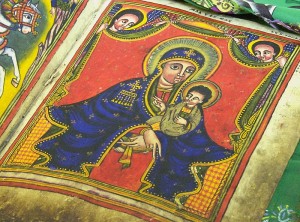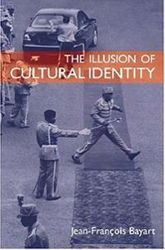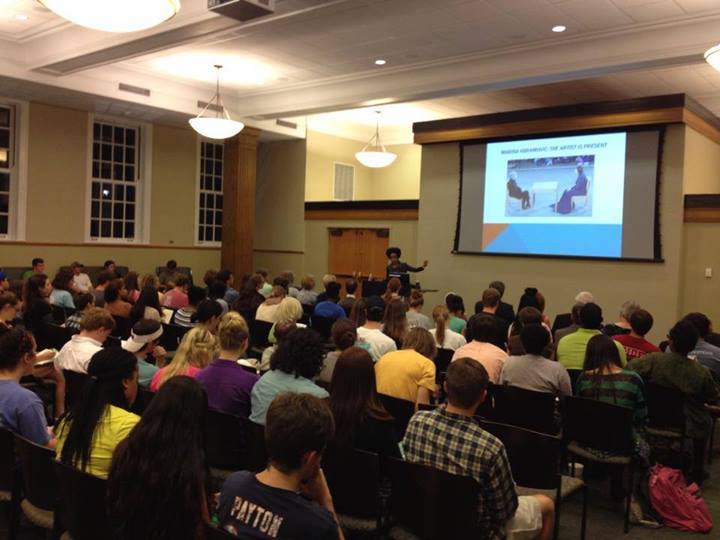
How can people portray revered figures, like the icon of Mary and Jesus above from Ethiopia? News reports from Jharkhand in eastern India have described a conflict over a statue of the Virgin Mary. (View an image of the statue here.) Some leaders of the Sarna community, what is often labeled a “tribal” community in India, have complained that the statue depicts her in the traditional dress of the Sarna and with a dark complexion. Some have speculated that the image is designed to confuse the local population into associating the statue with the local goddess Sarna Ma, thus encouraging conversion to Christianity. Sarna who identified as Christians assert their right to present Mary in dress that they associate with their heritage. Subsuming local divine figures into a different configuration to facilitate conversion is often described as a common practice in different historical and regional contexts. Continue reading “Strategic Images”

 “Historical experience shows that an individual’s act of identification is always contextual, multiple, and relative. For example, someone from
“Historical experience shows that an individual’s act of identification is always contextual, multiple, and relative. For example, someone from  Recently I published a
Recently I published a 
 Read
Read 
 Learn
Learn  Watching “Monty Python and the Holy Grail” this weekend, I was struck by the scene where King Arthur introduces himself to a few of his subjects, who happen not to see themselves as his subjects.
Watching “Monty Python and the Holy Grail” this weekend, I was struck by the scene where King Arthur introduces himself to a few of his subjects, who happen not to see themselves as his subjects.